Intro: Succulents are often associated with warm, arid climates, but did you know there’s a wide variety of frost-tolerant succulents perfect for adding beauty to your winter garden? These hardy plants can withstand chilly temperatures and even light frosts while offering fascinating textures, shapes, and colors. If you’re looking to keep your garden lively year-round, check out these ten stunning frost-tolerant succulents that thrive when the temperature drops.
1. Sempervivum (Hens and Chicks)
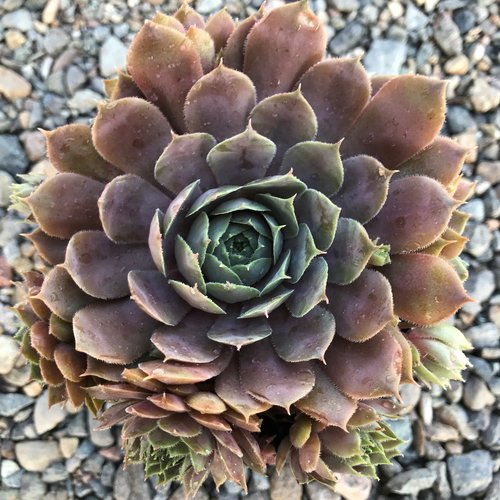
Sempervivum, popularly known as Hens and Chicks, is one of the most resilient succulents you can grow. These hardy rosettes can survive freezing temperatures down to -30°F, making them a staple in cold-climate gardens. Available in various shades of green, red, and purple, Sempervivum spreads easily by producing offsets, or “chicks,” around the mother plant. Their drought tolerance and low maintenance needs make them an ideal choice for rock gardens, borders, and container arrangements during winter.
2. Sedum (Stonecrop)
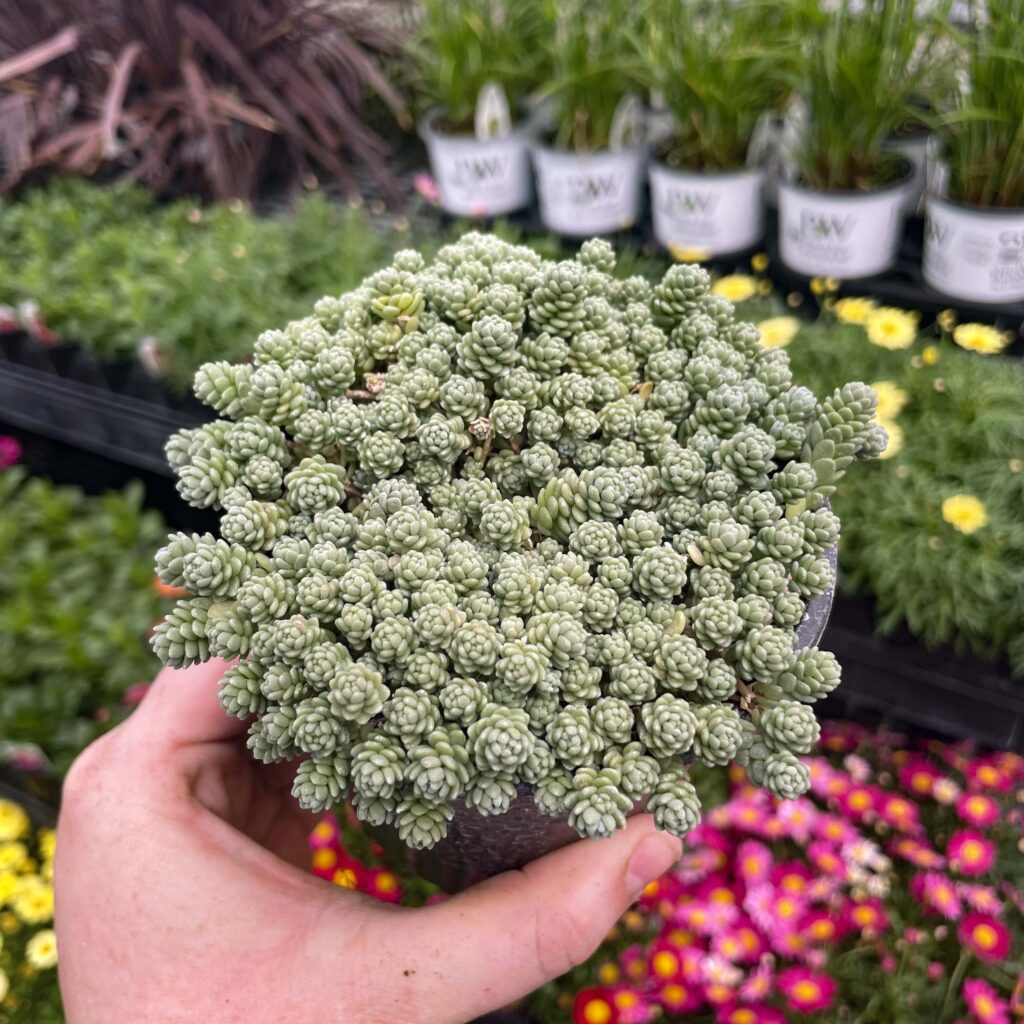
Sedums are another fantastic option for a frost-tolerant succulent. With a wide range of species, from low-growing ground covers to upright varieties, Sedums can endure cold snaps and still look vibrant. Their fleshy leaves often take on deeper, richer colors in colder months, adding visual interest to winter landscapes. Easy to grow in containers, borders, or rock gardens, Sedums require minimal care and can thrive in poor, well-draining soil, making them a favorite among gardeners.
3. Delosperma (Ice Plant)
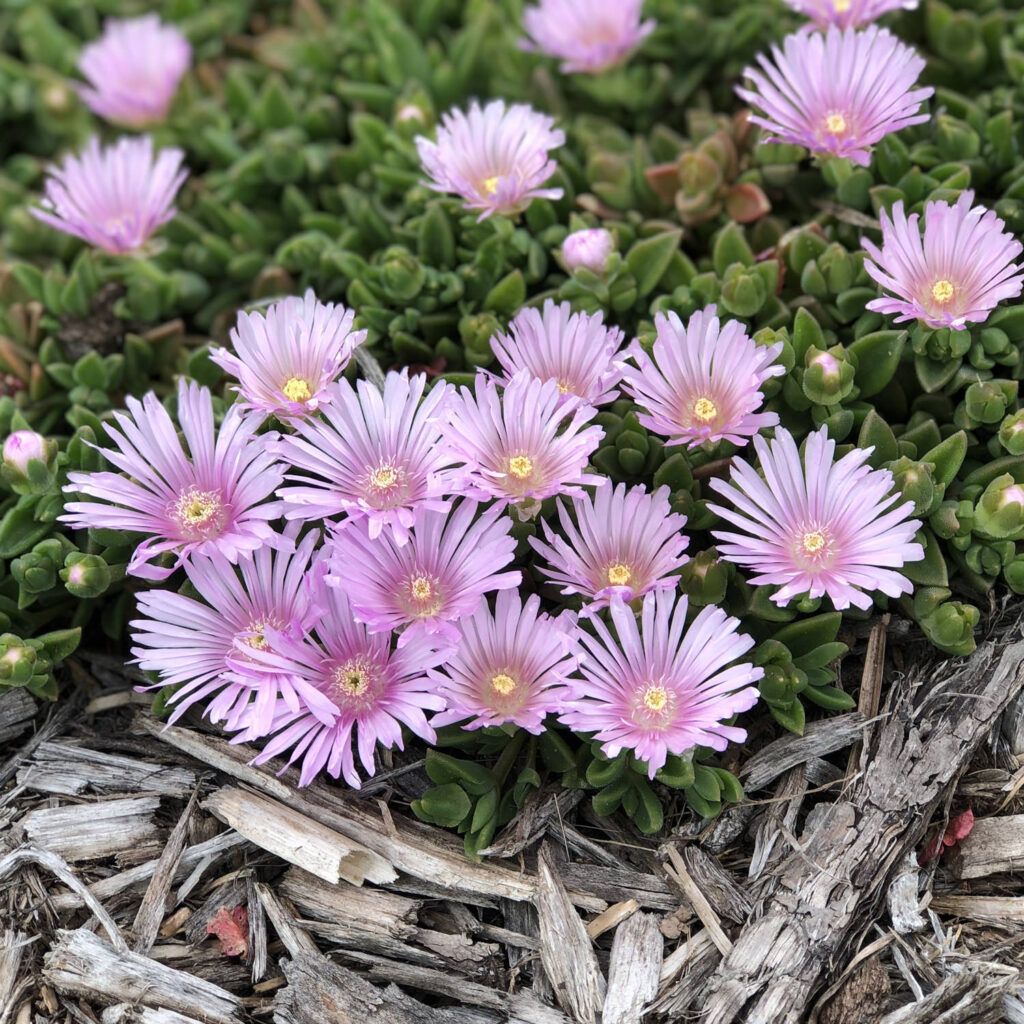
Known for its dazzling, daisy-like flowers, Delosperma, or Ice Plant, is a cold-hardy succulent that can handle frosts and snow. Native to South Africa, this ground-hugging plant boasts fleshy, shimmering leaves that provide year-round texture. Ice Plants bloom profusely from spring through fall and often display their bright magenta, yellow, or orange flowers even in cooler weather. Their excellent drought tolerance and frost resistance make them perfect for rock gardens, slopes, or as ground covers.
4. Agave Parryi (Parry’s Agave)
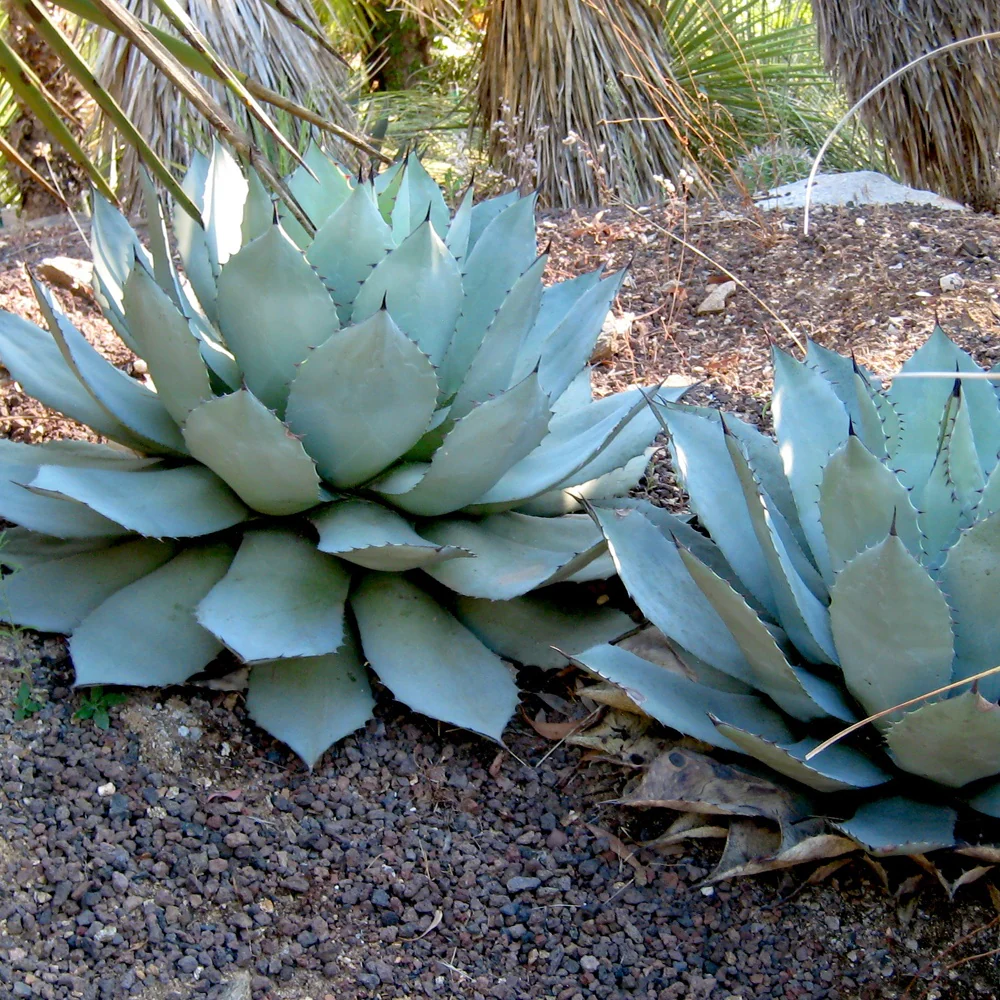
Agave Parryi is a striking succulent known for its symmetrical rosettes and steely blue-gray leaves edged with dark spines. This tough plant can withstand temperatures as low as -20°F, making it an excellent candidate for cold-weather gardens. It thrives in full sun and well-draining soil and requires minimal water. Its architectural form makes it a stunning focal point in xeriscapes, rock gardens, and modern landscapes throughout the winter months.
5. Yucca Filamentosa (Adam’s Needle)
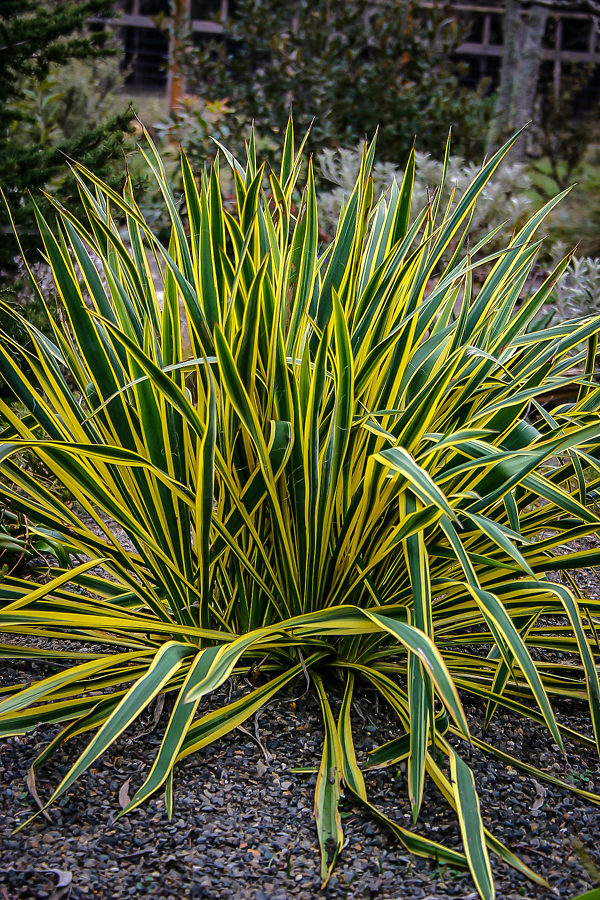
Yucca Filamentosa, commonly called Adam’s Needle, is a hardy succulent that remains evergreen even in freezing weather. Its sword-shaped leaves with curly, thread-like filaments along the edges offer a unique texture to the garden. In summer, it produces tall spikes of creamy white flowers. Hardy down to -20°F, it thrives in sandy, well-drained soil and sunny spots. Its resilience and dramatic form make it an excellent choice for winter interest in any outdoor space.
6. Orostachys (Dunce Cap)
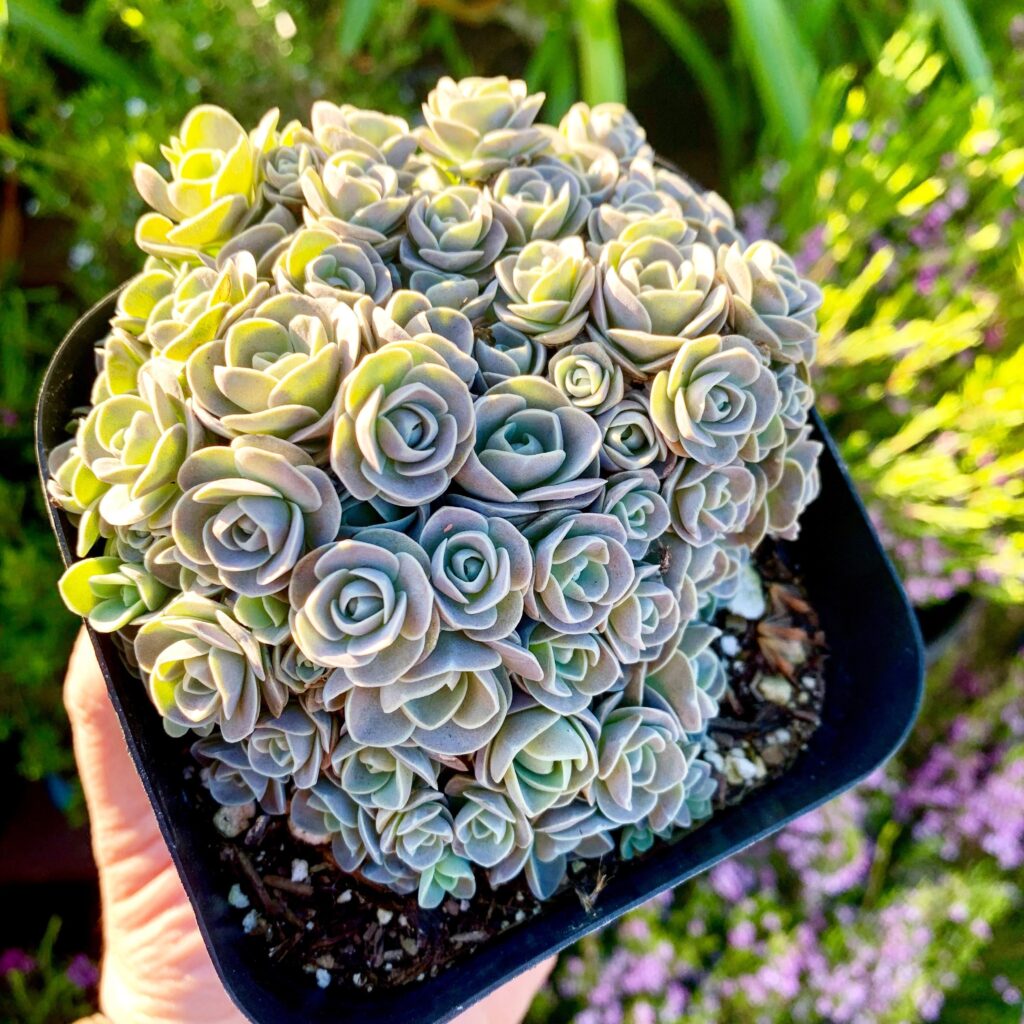
Orostachys is an intriguing, frost-tolerant succulent resembling miniature pinecones or layered rosettes. Native to East Asia, it can endure freezing temperatures and adds unique charm to rockeries and container gardens. In late summer, it sends up tall, cone-like flower spikes, earning it the nickname “Dunce Cap.” Orostachys prefers full sun and well-drained soil, and it multiplies through offsets, making it a low-maintenance yet eye-catching addition to cold-climate gardens.
7. Rosularia
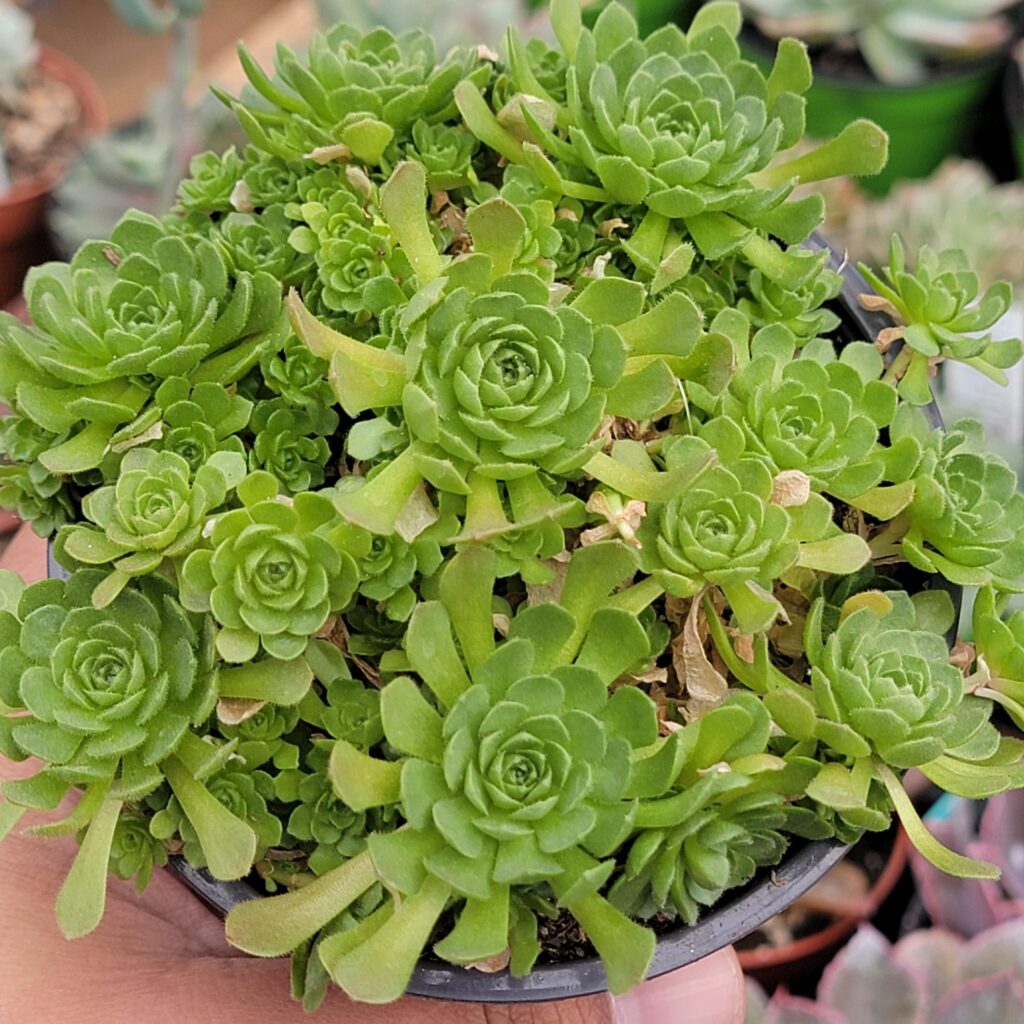
A lesser-known but equally captivating succulent, Rosularia forms compact rosettes of fleshy leaves that tolerate frosts well. Native to mountainous regions of Europe and Asia, it thrives in rocky, well-drained areas and endures winter chills with ease. Its leaves often turn reddish or bronze in cold weather, adding warm hues to your winter garden. Rosularia produces small, star-shaped flowers in summer and spreads via offsets, making it a reliable ground cover.
8. Lewisia Cotyledon
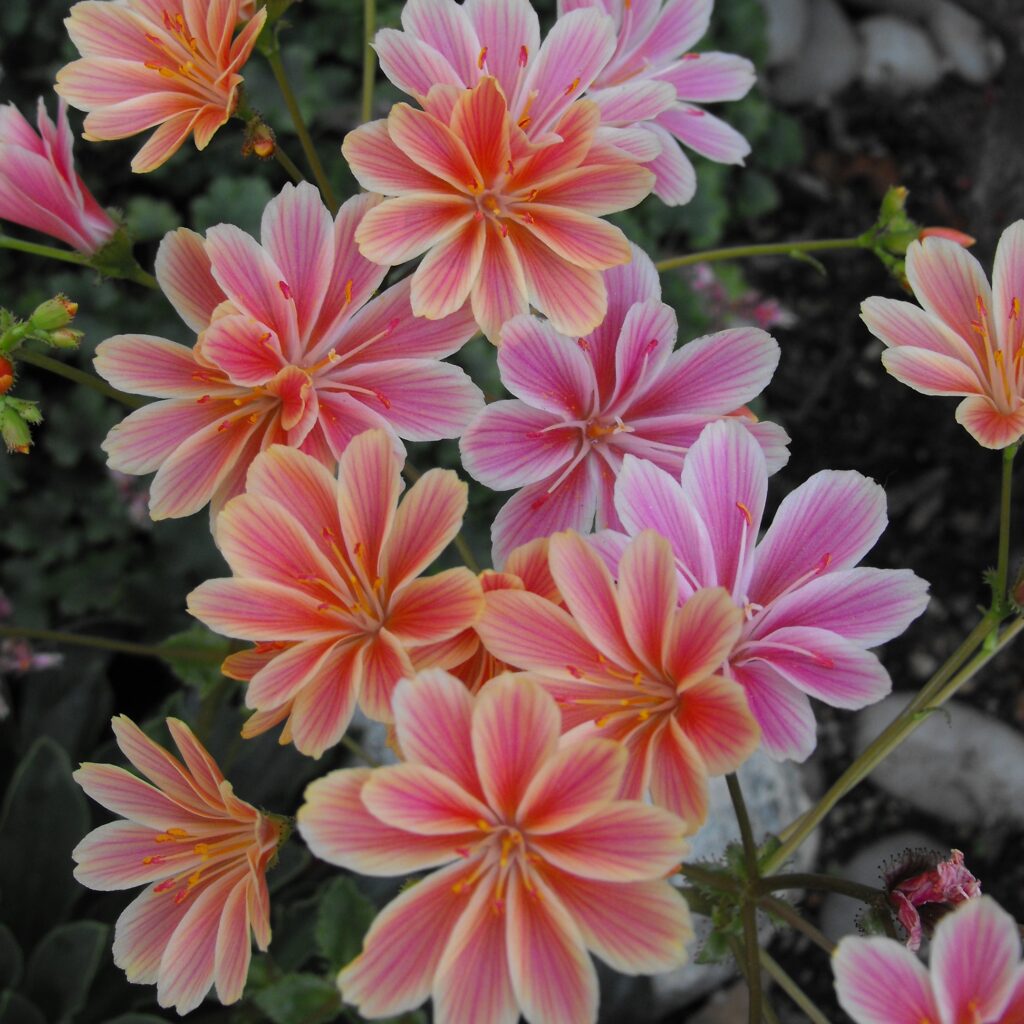
Lewisia Cotyledon is a charming succulent perennial native to western North America. It features fleshy, spoon-shaped leaves that remain evergreen and withstand temperatures down to -20°F. In late spring and summer, it bursts into vibrant, starry flowers in shades of pink, orange, and yellow. Ideal for rock gardens, borders, and alpine settings, Lewisia prefers well-draining soil and partial shade, especially in hot summers, and requires minimal care in winter.
9. Jovibarba (Rollers)
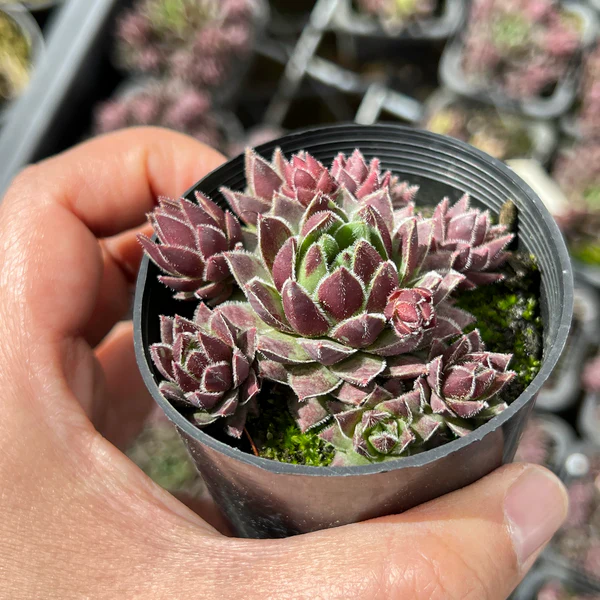
Closely related to Sempervivum, Jovibarba, or “Rollers,” forms tight rosettes that thrive in cold climates. They get their nickname because their offsets detach easily and “roll” away to root nearby. These hardy succulents endure sub-zero temperatures and require minimal maintenance. Jovibarba’s rosettes come in green, red, and bronze shades, and their dainty yellow or pale green flowers appear in summer. Perfect for alpine gardens, rocky slopes, and containers, they provide year-round texture and charm.
10. Echeveria Setosa
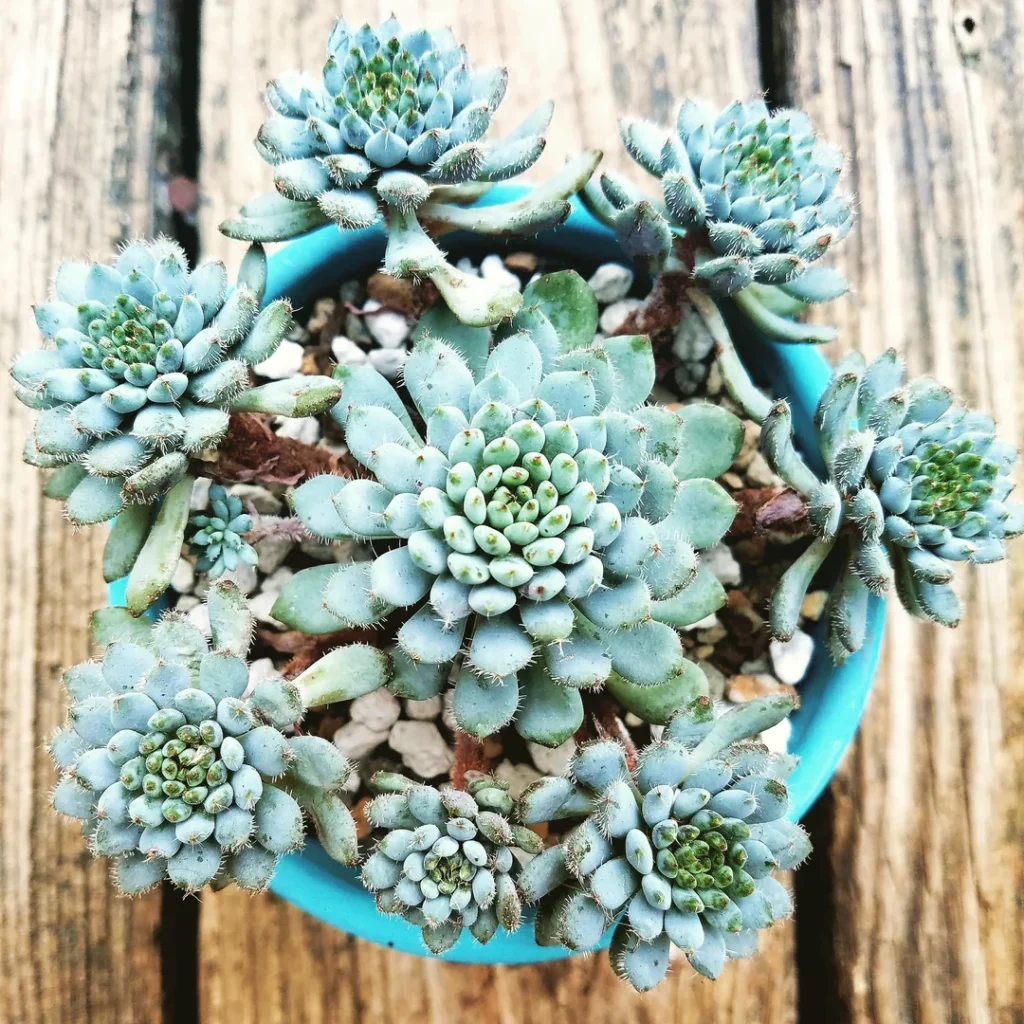
Echeveria Setosa, known as Mexican Firecracker, is a fuzzy-leaved succulent that can tolerate light frosts. Native to Mexico, it forms attractive rosettes covered in fine white hairs, giving it a distinctive texture. In spring and summer, it produces arching flower stalks with bright red-orange blooms. While it prefers protection from severe freezes, it can survive brief cold snaps when planted in well-drained soil. Echeveria Setosa adds a soft, velvety touch to winter gardens and container displays.
Conclusion: Don’t let frosty weather keep your garden from shining. With these stunning frost-tolerant succulents, you can maintain texture, color, and interest in your outdoor space all year long. Whether planted in rock gardens, borders, or stylish containers, these hardy beauties bring a touch of elegance to any winter landscape.


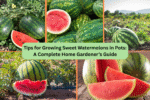


Leave A Comment